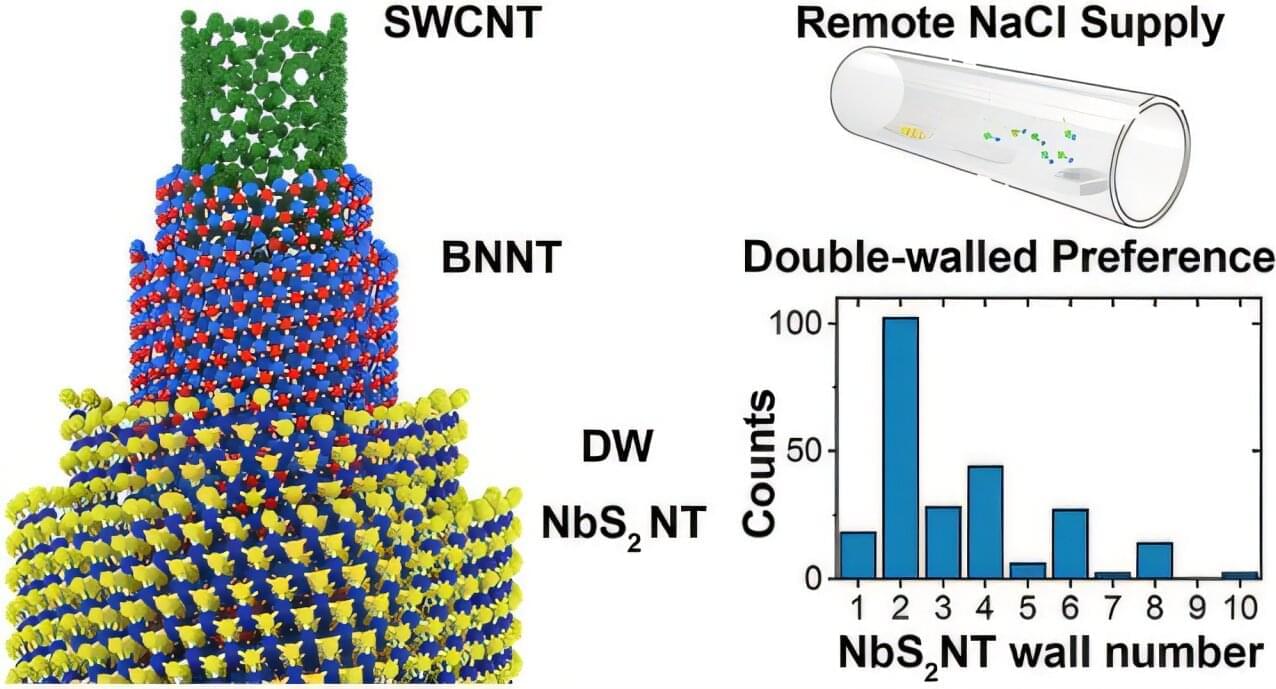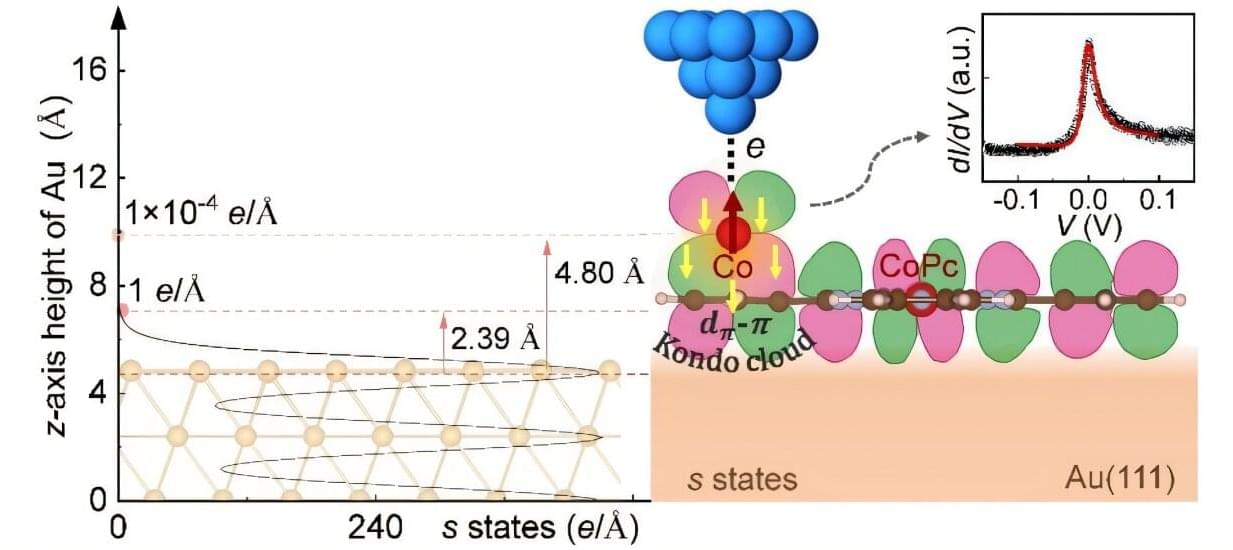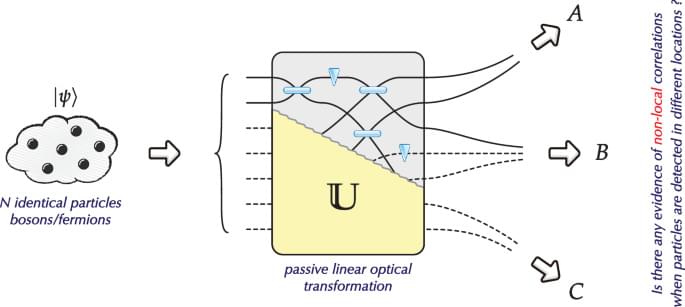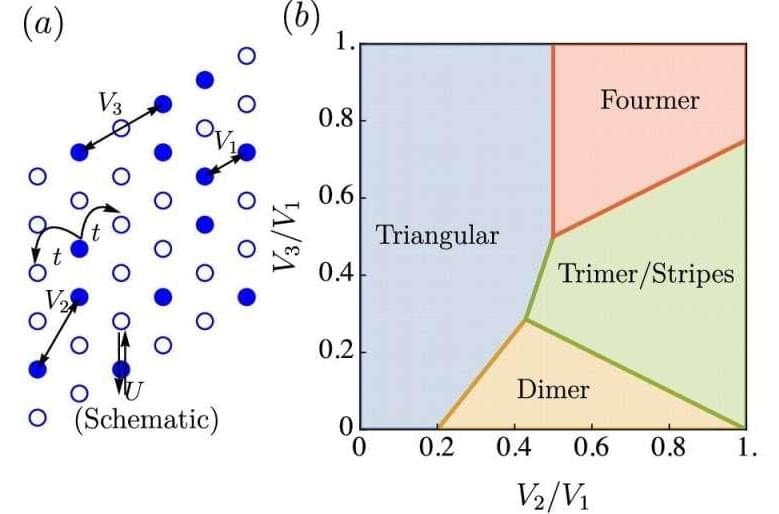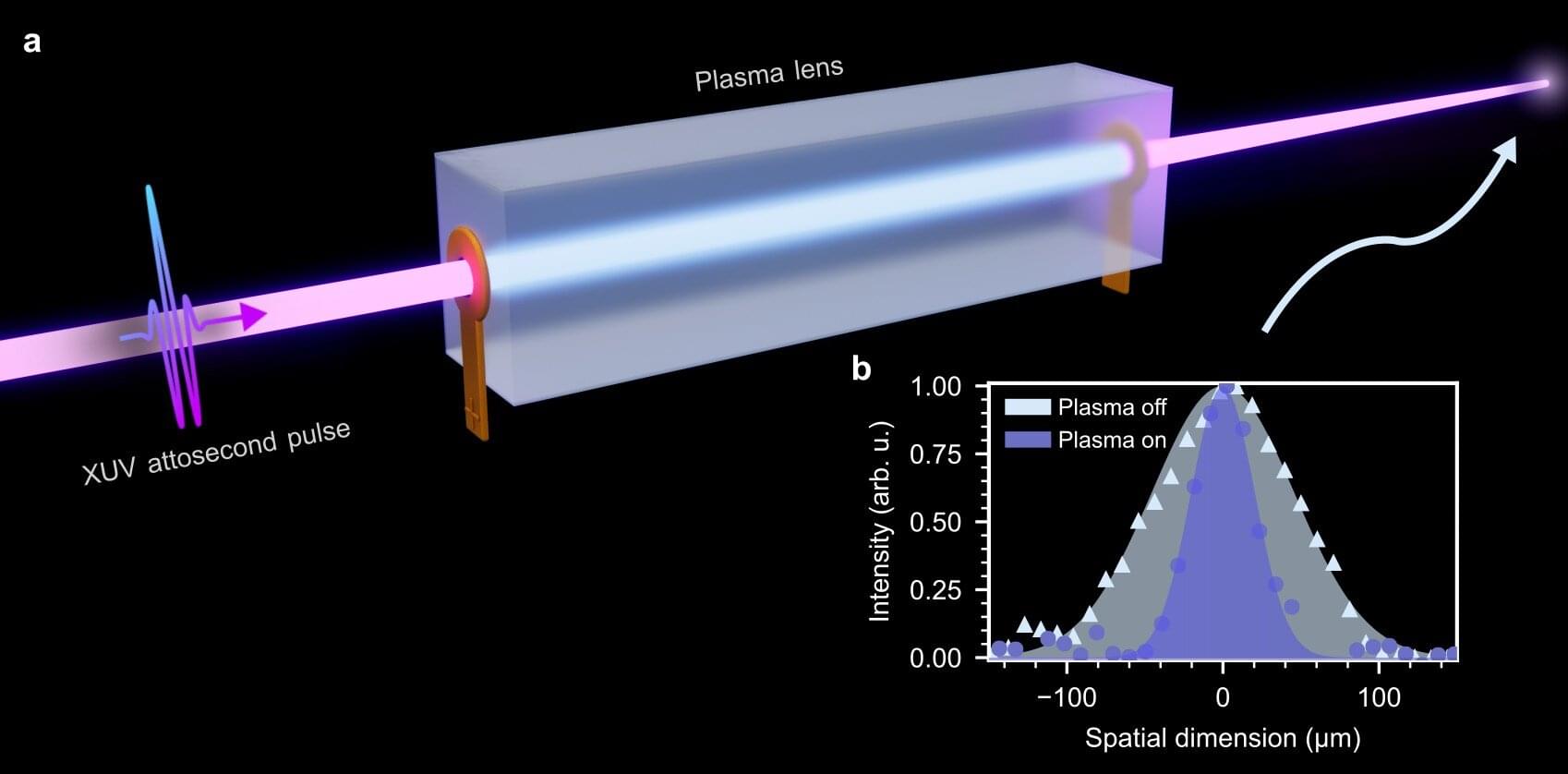Placing materials under extremely strong magnetic fields can give rise to unusual and fascinating physical phenomena or behavior. Specifically, studies show that under magnetic fields above 100 tesla (T), spins (i.e., intrinsic magnetic orientations of electrons) and atoms start forming new arrangements, promoting new phases of matter or stretching a crystal lattice.
One physical effect that can take place under these extreme conditions is known as magnetostriction. This effect essentially prompts a material’s crystal structure to stretch out, shrink or deform.
When magnetic fields above 100 T are produced experimentally, they can only be maintained for a very short time, typically for only a few microseconds. This is because their generation poses great stress on the wires used to produce the fields (i.e., coils), causing them to break almost immediately.


